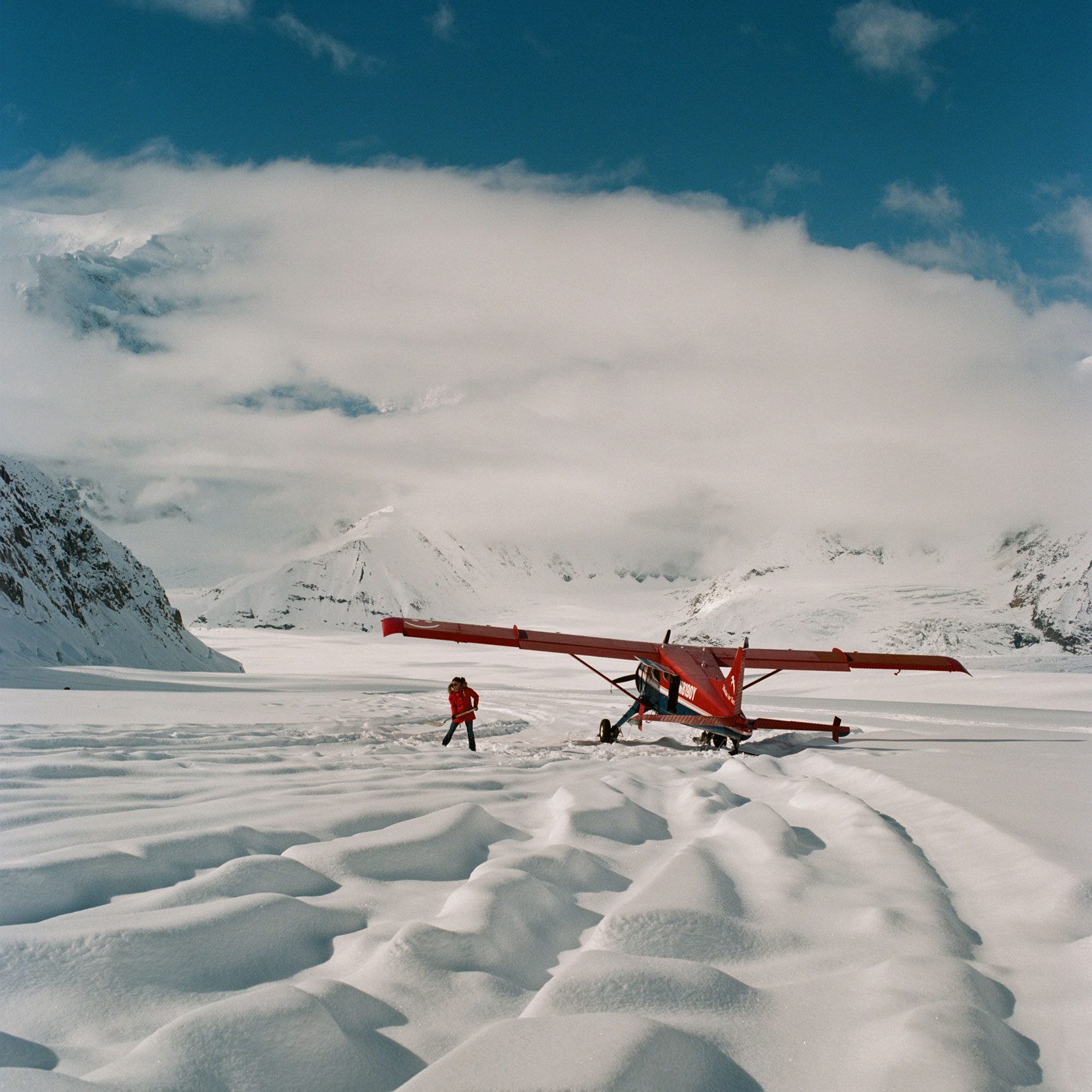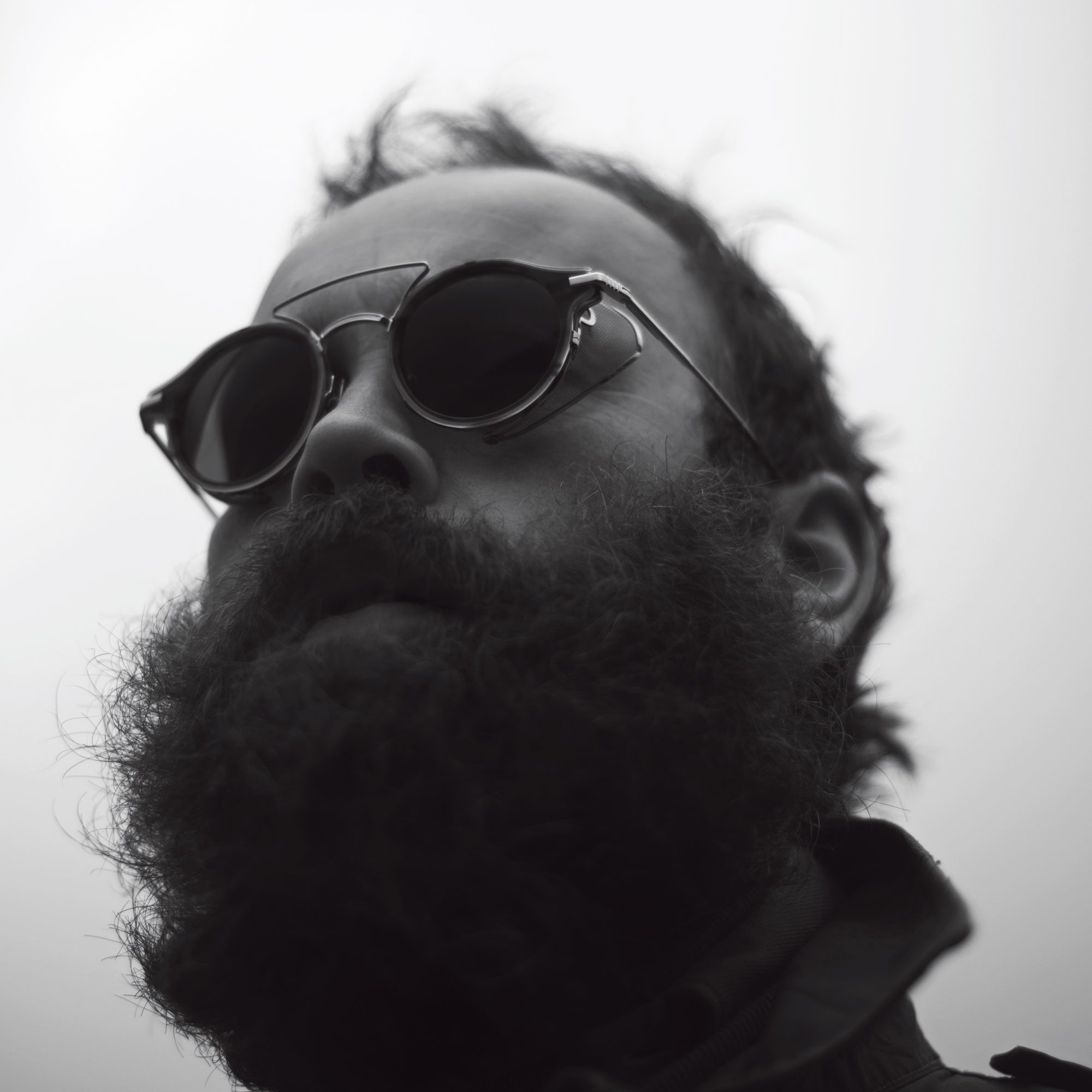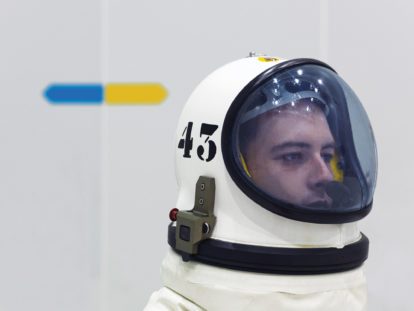
Photographer Vincent Fournier’s ‘Space Project’ series displays a fascination with space through an archive of the most significant hubs in the world.
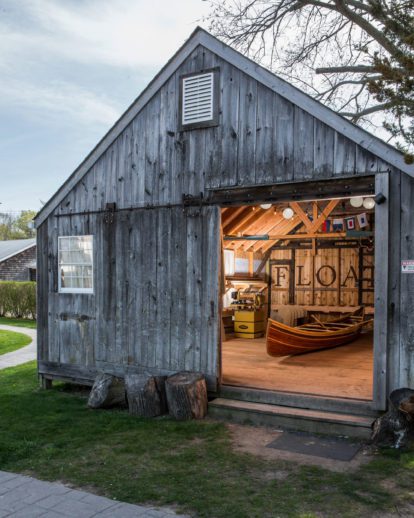
‘I love that it takes so long to make canoes,’ declares Trent Preszler. The artisan boat maker took up his craft after his father died, using the tools he inherited to create a canoe over the course of fourteen months.
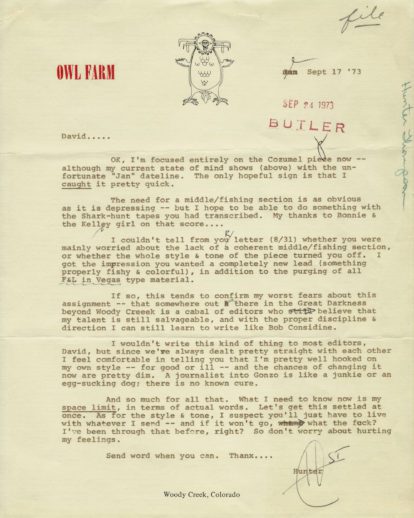
Hunter S. Thompson dedicated his life to pushing things to the limit. In this letter to an editor at Playboy, he reflects on the style of an epic biographical feature he was working on.
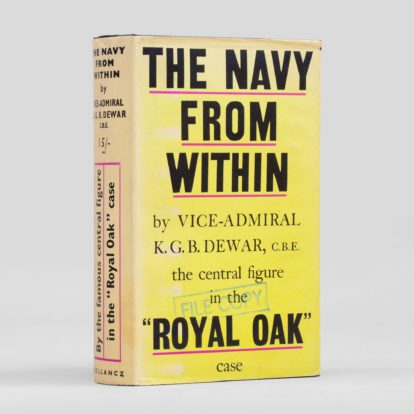
From a Victorian circumnavigation of the globe to the tragedy of the Titanic, six tales of epic and sometimes tragic maritime adventure from the briny depths.
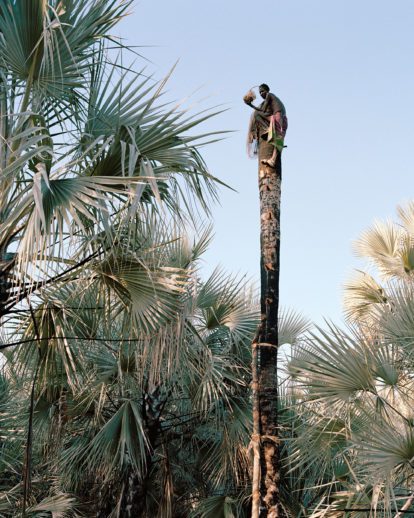
Namibian-born photographer Kyle Weeks considers how his most recent work – documenting the palm wine collectors of the Kunene River – confronts the challenging legacy of African photography.

Despite Iceland’s small population of 331,380, the average print run for fiction is 1,000 copies – a per capita equivalent of one million in the USA.
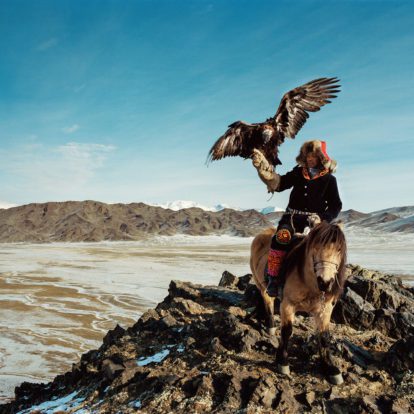
Against the backdrop of an unforgiving landscape, the Kazakh tradition of eagle hunting endures. Photographer Frédéric Lagrange documents the culture he first fell in love with seventeen years ago.
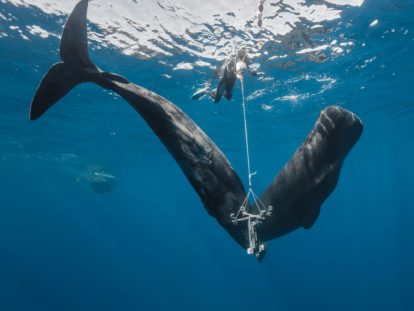
James Nestor reports on the astounding qualities of the sperm whale. Working with a highly qualified free diving crew he discovers how we are getting ever closer to communicating with the world's largest predator.
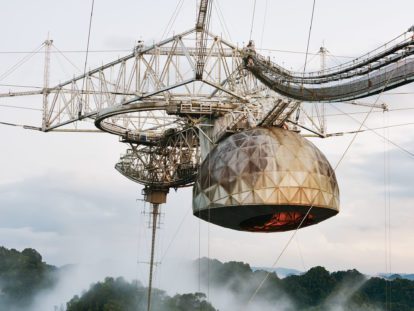
Based in Puerto Rico, this is the world's largest single-aperture radio telescope. People come here to view the planets of the solar system passing through the northern half of their orbit.
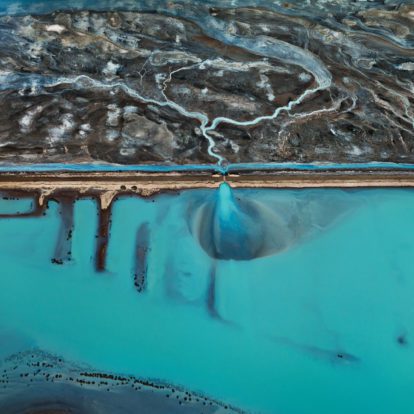
A bird's-eye view reveals the Cerro Prieto Geothermal Field, Mexicali, Mexico - one of the biggest geothermal plants in the world - as it has never been seen before.
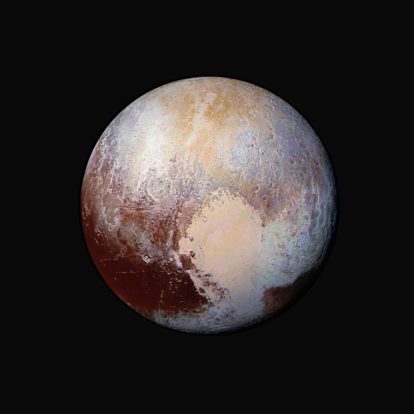
Two-thirds the size of the moon, the distant dwarf planet Pluto is easily overlooked, and yet recent discoveries could make it the most exciting body in our solar system.
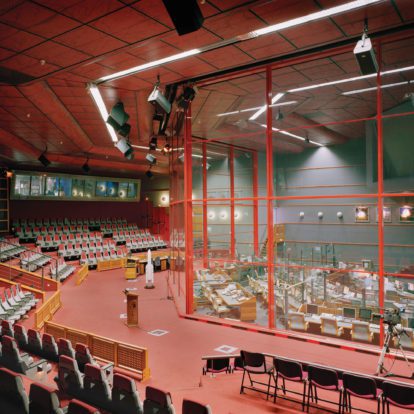
Simon Norfolk is the first artist to have been invited to watch the production and launch of a satellite from start to finish. He presents his unique perspective from the viewing station for the Astra 3B.
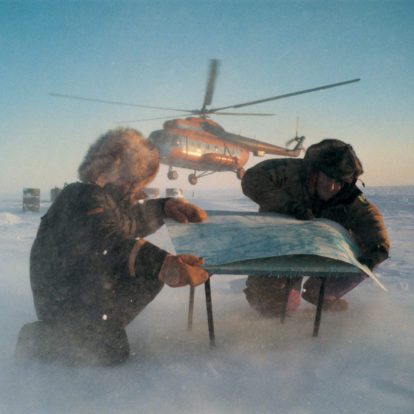
Wildlife artists Olly and Suzi have travelled to the high Arctic, desert and jungle to push themselves and their art to the limit. The difficulties they have encountered have become intrinsic to their work.
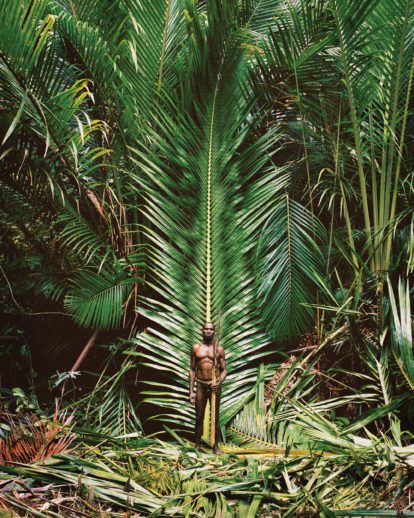
Oliver Steeds describes the fast-changing world of the tree-dwelling Kombai tribe in Papua New Guinea, whose members are as fond of wisecracks as they are of the Sago grub.
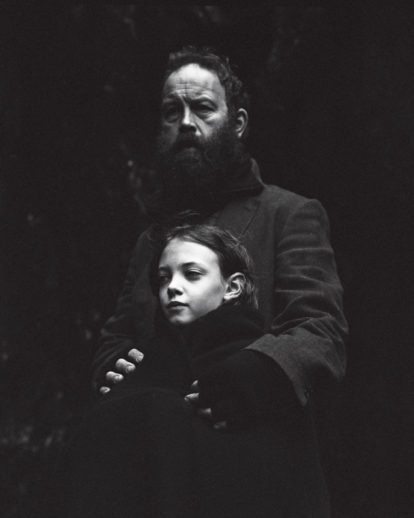
Photographer Jack Davison captures a styled journey in the hills of Yr Wyddfa, Snowdon, Snowdonia.
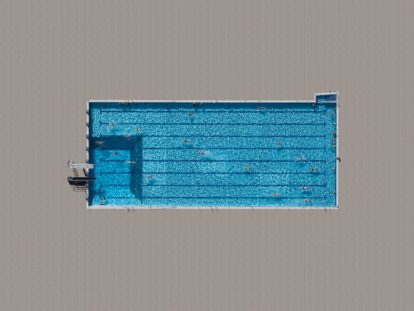
Photographer Stephan Zirwes’ ‘Pool’ series illustrates the incredible waste of potential drinking water – not only in private pools but also in the privatisation of a public asset for commercial reasons.
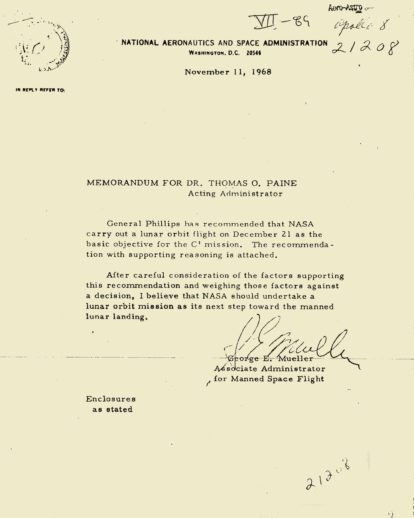
In this 1968 letter – a daring directive from Apollo programme leader George Mueller to Thomas Paine – a historic decision was made. Exactly one month after the launch of the Apollo 7 test flight, “NASA should undertake a lunar orbit mission as its next step.”
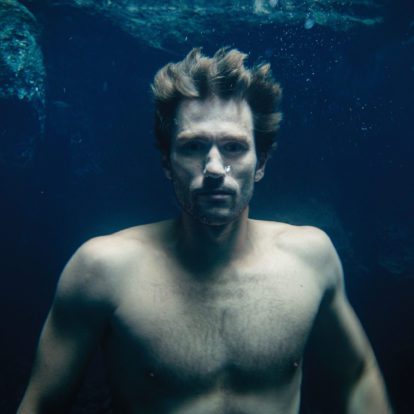
Three-time world record-breaking freediver Guillaume Néry ranks Neil Armstrong among his heroes. He talks about the joys of defying gravity and his quest for the perfect dive.

It makes up 80 per cent of all the matter in the universe, yet no one has been able to find it. Could the XENON1T project be about to solve the mystery of dark matter?
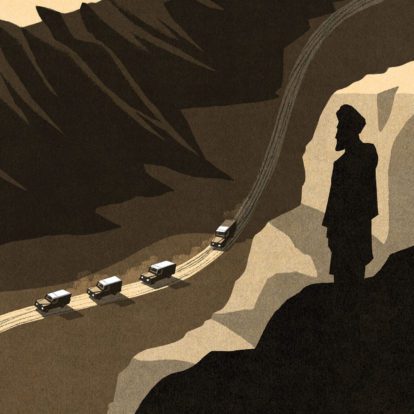
Realising that cultural understanding was his ticket to staying alive, Lieutenant Colonel Henry Worsley looks back to his precarious time leading 15 soldiers through Helmand in the lead up to the war.
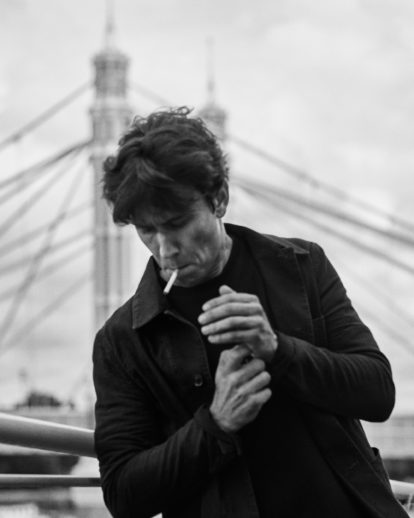
Michael Christopher Brown cut his teeth as a war photographer in Libya. Here he tells how he uses the camera to make sense of a confusing and complex world.

The science behind absorbing radio waves in a Radio Anechoic Chamber dates back to World War II when it first helped planes absorb or scatter radar signals. Now the technology is used by the European Space Agency among others.
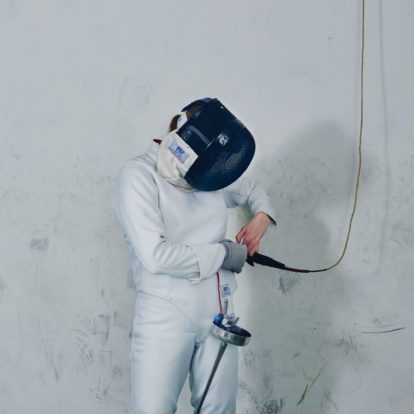
The striking Honved Fencing Club in Budapest has been converted from a synagogue. Its impressive legacy includes producing a string of female fencing champions.
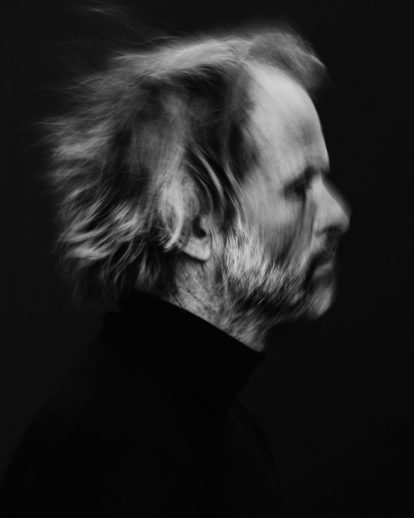
The Norwegian polar explorer, author, publisher and father of three talks to Avaunt about the motives behind his expeditions and the value of silence and solitude in the modern age.
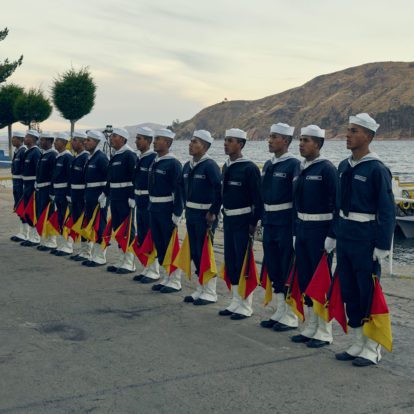
Bolivia lost its only coastal territory 130 years ago. Yet it still has a fleet which is important both practically and symbolically. Laurence Blair reports on daily life in Bolivia’s landlocked navy.
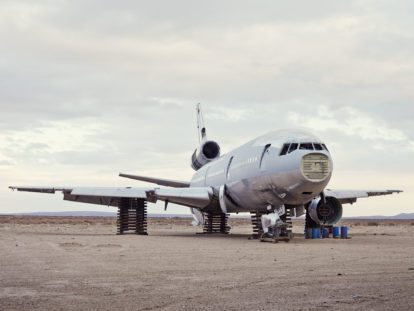
Photographer Greg White visits an airplane graveyard in Tucson, Arizona, and finds pathos in once-powerful birds of the sky now grounded from duty.
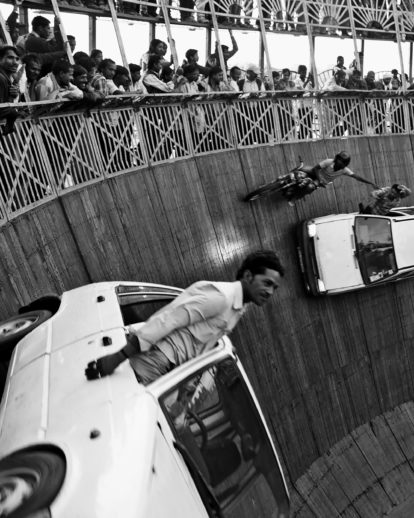
The stuntmen of Allahabad, north India, risk their lives daily by riding motorbikes around vertical walls made from salvaged wood. Defying gravity through sheer momentum, they create a vertiginous, noisy whirl of action to enthrall the crowds.
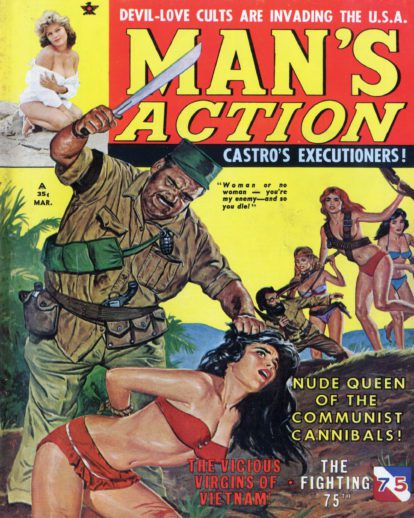
Once a regular feature on US newsstands, we delve into the kitschy macho pulp of men’s adventure magazines and catch a glimpse of American Cold War psyche.
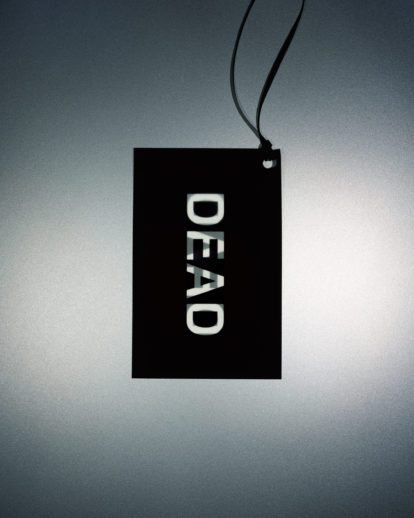
Combat medic LCpl Hangam Rai - who has himself narrowly escaped death in Afghanistan - takes Avaunt through the essential kit for survival on the battlefield.
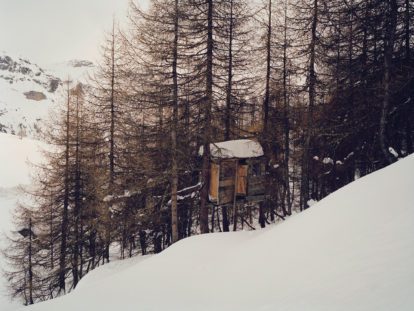
Robert Macfarlane reflects on a wistful archetype of childhood adventure and backyard wilderness: the humble tree house.
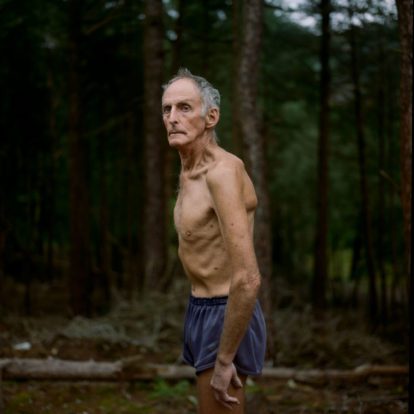
Avaunt travels to England’s picturesque Lake District to meet shepherd and legendary fell runner Joss Naylor. We ask the man who has become an integral part of Lakeland culture what keeps him running at the age of 80.
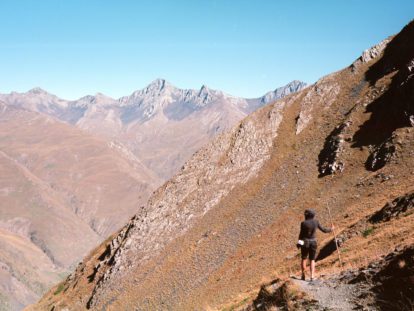
When Devi Asmadiredja arrived off the bus in Georgia’s Pankisi valley, she had never travelled, spoke no Georgian or Chechen, and knew no one. Living among the locals, she soon began spending weeks walking alone in the mountains.
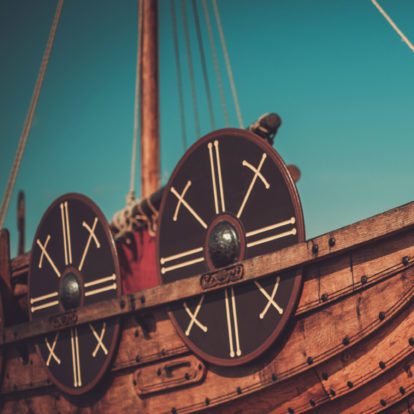
Inspired by the premature efforts of medieval Norsemen, author Will Self sets out on an adventure to recolonise literary modernism for the digital age.
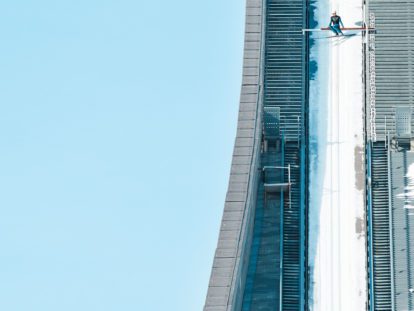
The Holmenkollen ski jump was first opened in 1892, and quickly became one of Norway's iconic landmarks. David Ryle follows some of the skiers taking on the challenge.
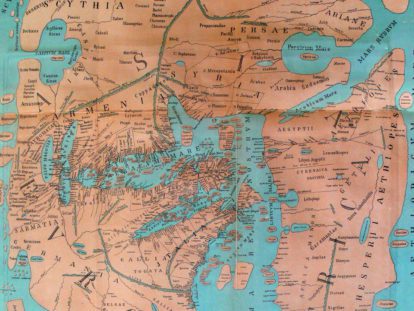
Most journeys start with a map. Yet creating a map is far from an exact science. Here we look at both the historic and modern calculations made by cartographers trying to render the world flat.
No results found
You’ve discovered unchartered territory - no results found. Please explore again.





































